
A tiger (Panthera Tigris) is one of the largest wild cat (second only to its Siberian cousins) in the world and are mostly found in the plains of India. Its early ancestor was the saber tooth cat, which was around in the ice age. The tiger has evolved from other cat species to form black stripes on a dark orange fur.
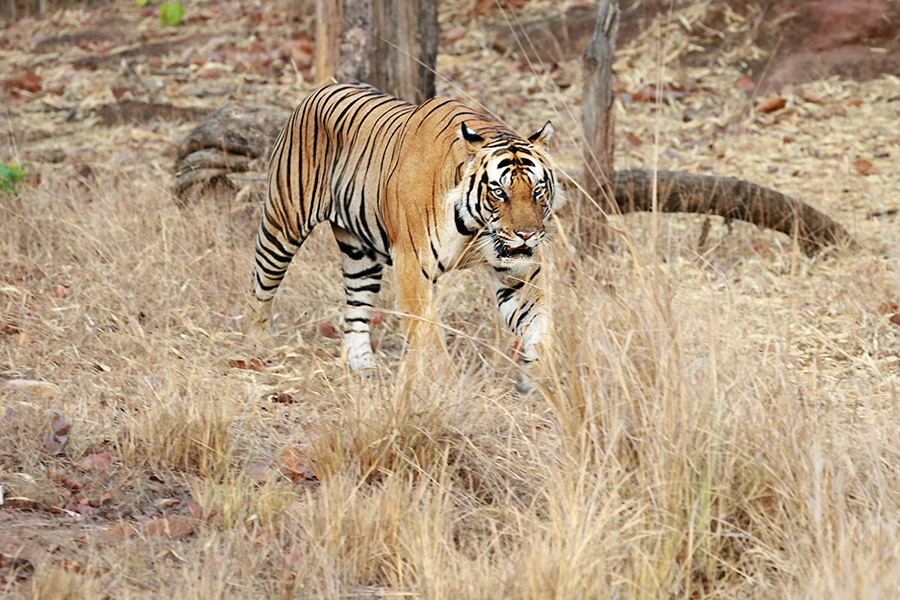
Picture: The camouflage
These stripes allows them to be camouflaged in the long dry grass and therefore sneak up on prey. It alsohelp to break up the outline of its body and make it hard to see.
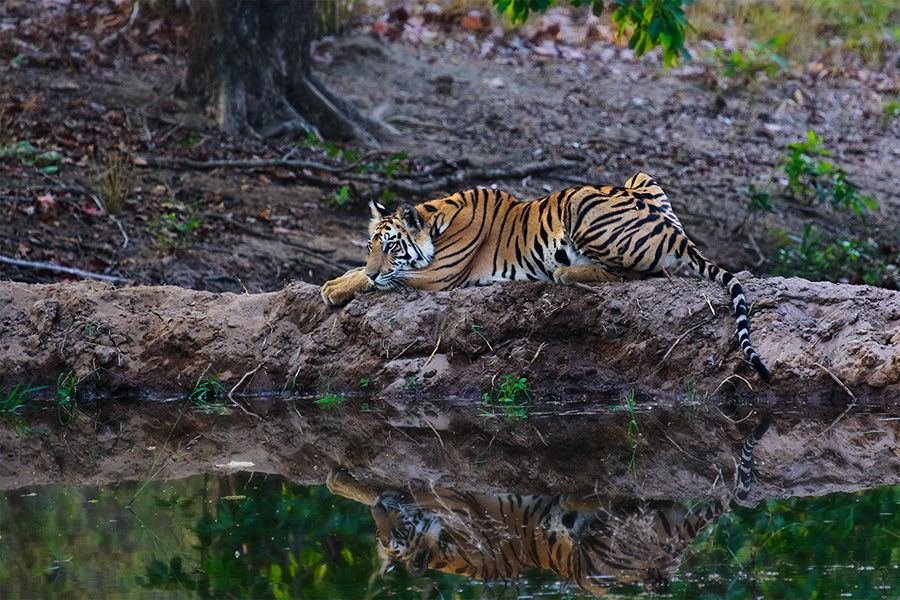
Picture: The stripes break up the outline of tiger’s body
They also look like shadows as the tiger stalks through long grass in day or at night. The cat’s orange fur and black stripes also help it merge into its grassland habitat. On closer examination, it has also been found that the stripes are like fingerprints and no two tigers have the same pattern. Identifying tigers by means of their stripes had proved to be useful for investigations into wildlife trafficking and had also helped in monitoring of population of tigers.
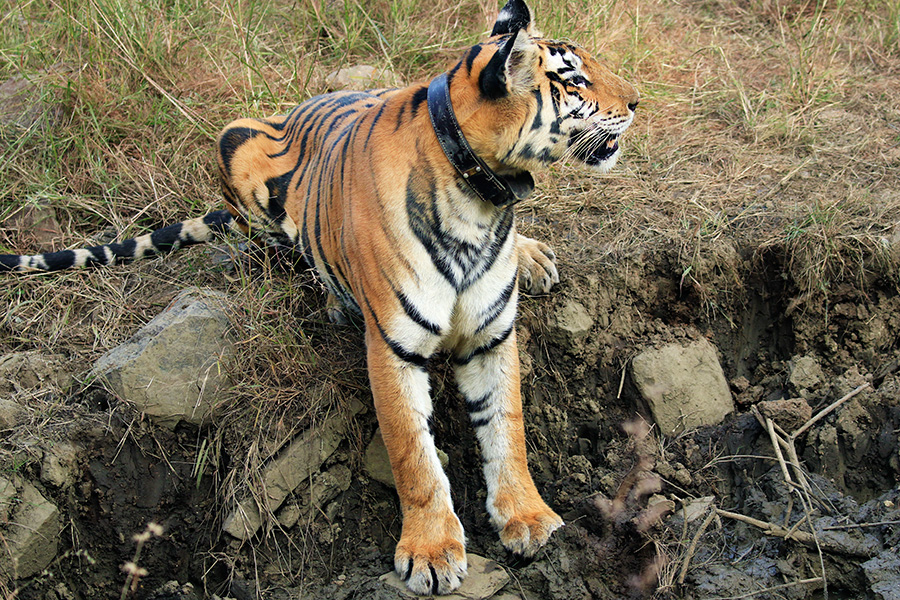
Picture: The stripes also help in merging into grassland habitat
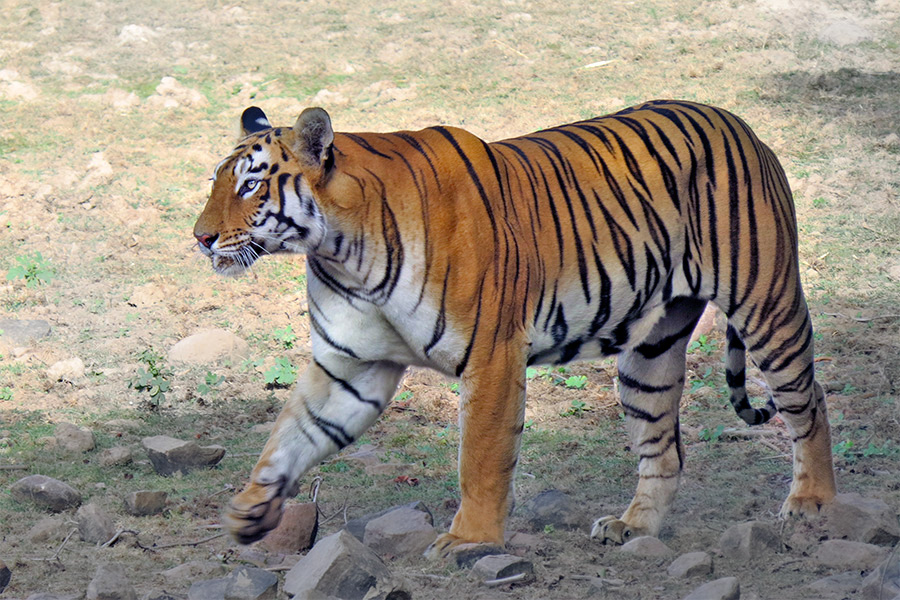
Picture: The camouflage going undetected
In the past, the pugmark technique was extensively used as the most popular ways of counting tigers but the results were often inaccurate.
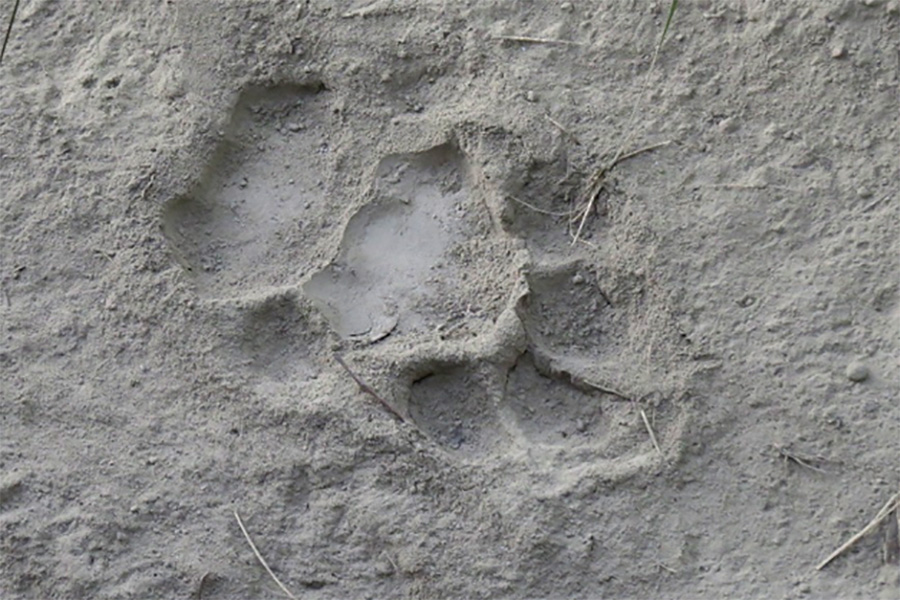
Picture: Tiger’s pugmark
To improve upon the accuracy, the researchers developed a software called ExtractCompare that matches the stripes of tigers whose images were captured using camera traps, against images stored in a database. When the image with high similarity is detected in the database, it is deemed to be a successful identification which results in removal of duplicity. The images of only those tigers were considered in population census whose stripes were found to be unique.
Compiled by Mr. Amit Prasad,Editor and Amateur wildlife photographer, Ghaziabad, India.
